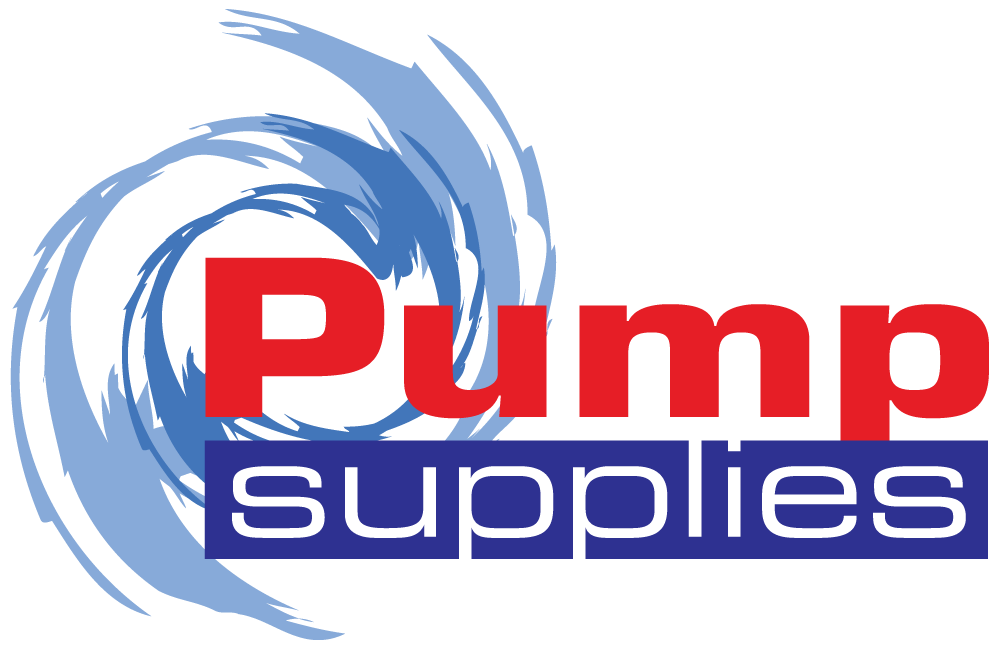
As far as industrial and commercial water management is concerned, choosing a used pump is the intelligent choice. Used pumps have the same amount of efficiency & reliability as a new pump but at a considerably lower price tag. Pump refurbishment also means less waste generation and resource usage, making it an environmentally friendly option.
Yet, to ensure maximum lifespan & performance of your refurbished water pump, maintenance is key. This guide will address necessary maintenance procedures, from periodic checks to storage, to help you derive the best value from your investment.
Regular Inspection & Cleaning
Regular inspection & cleaning are essential to ensure the effectiveness of your rebuilt pump.
- Inspect for leaks, worn components or cracks: Check the pump casing, seals, and fittings for any indication of damage. Leaks, along with decreasing effectiveness but can also cause expensive repairs if neglected.
- Clean dirt and debris from the pump: Dirt and debris that have accumulated can clog up filters and strainers, which will impede water flow. Cleaning them regularly keeps them clear and functioning optimally.
- Clear filters and strainers: Clogged filters put a strain on the pump motor, shortening its lifespan. Clean filters regularly to spare unnecessary wear.
Tips for Successful Inspection
- Conduct weekly visual inspections.
- Listen for strange sounds when in operation, as they can be a sign of internal problems.
- Shine a flashlight on concealed parts to check for cracks or leaks.
Lubrication & Moving Parts Care
Lubrication lowers friction and wear, making the refurbished water pump work smoothly. Accurate lubrication of the pumps is important to facilitate performance, prevent overheating, and minimize mechanical stress, which increases the life of the pump. To choose a suitable lubricant, refer to the manufacturer’s handbook to determine what lubricant to use for your pump model. Some telltale signs that your pump requires more lubrication include high noise levels, overheating, and stalling of movement.
Lubrication Tips
- Lubricate moving parts and bearings as per the manufacturer’s maintenance schedule.
- Don’t over-lubricate, as this may lead to overheating and damage.
- Employ high-quality lubricants to avoid premature wear.
Monitor Pressure & Performance
Pressure and performance monitoring assist in the early identification of potential problems. To check pressure levels, take regular readings of the output pressure using a gauge and compare it with the manufacturer’s specifications. Indications of wear include pressure fluctuations, low water output, and unstable operation. If problems persist after adjusting the pressure settings, have a pump expert inspect the system.
Performance Monitoring Hints
- Keep a record of pressure readings to compare.
- Inspect for vibration, which can show up as imbalance or worn bearings.
- Automate data collection with performance monitoring software
Electrical & Motor Maintenance
The motor and electrical parts are essential to the functionality of your refurbished pump. Check wiring and electrical connections frequently for wear and rust, as loose connections may lead to power instability and motor failure. Ensure that motor components are kept free of moisture and dirt to avoid short circuits by having the pump installed in a well-ventilated, dry location. Be aware of warning signs of motor failure, including overheating, a burning odor, or irregular operation.
Electrical Maintenance Tips
- Regularly test the insulation resistance of the motor.
- Secure loose connections to avoid voltage drops.
- Utilise thermal imaging to identify hot spots in the electrical equipment.
Seals & Gaskets: Preventing Leaks
Seals and gaskets are needed to prevent leaks and ensure efficiency. Seals and gaskets deteriorate with time as a result of water, chemical, and pressure exposure. To examine them, look for cracks, brittleness, or any other form of damage. Replacing damaged seals in time avoids leaks. Leaks decrease water pressure, raise energy consumption, and eventually reduce the system’s efficiency and performance.
Seal Maintenance Tips
- Use compatible seal materials to prevent premature wear.
- Apply seal lubricants to enhance longevity.
- Keep spare seals on hand for quick replacements.
Schedule Professional Servicing
Professional maintenance keeps your rebuilt pump in perfect shape. When you see “poor performance, strange noises, or constant jacking, it’s time to make a call,” as suggested by the manufacturer. Industrial pumps require regular maintenance after every six months, while low-use pumps can have annual servicing. To guarantee quality service, select certified engineers with experience in water pumps.
Professional Servicing Advice
- Maintain service records to record maintenance history.
- Demand a detailed service report for future use.
- Check the certification and experience of the technician.
Storing Your Pump Properly (If Not in Regular Use)
Accurate storage guards against environmental damage to your refurbished pump.
- How to store a pump safely: Drain and clean the pump prior to storage. Keep it in a dry place to avoid rust & corrosion.
- Rust, moisture, and freeze protection: Use anti-rust coatings and moisture absorbers where the pump will be stored. In freezing conditions, avoid freezing by draining the pump completely of all water.
- Advantages of running the pump on a regular basis: Regularly running the pump keeps parts from freezing and keeps them lubricated.
Storage Tips
- Keep pumps on raised platforms to prevent damage from moisture.
- Protect pumps with breathable fabric to stop dust settling.
- Store in climate-controlled environments for long-term storage
Conclusion
Taking care of a rebuilt pump includes periodic inspection, lubrication, monitoring of performance, and professional maintenance. By doing this, you can considerably prolong the life of your rebuilt water pump and have it running optimally while saving you money.
Remaining proactive with maintenance avoids expensive breakdowns and maximises efficiency. If you require professional advice on choosing, keeping in good condition, or servicing the refurbished pump, phone Pump Supplies today. Proper care will allow you to indulge in the advantages of a quality pump at a tiny fraction of the new price.
Effective drainage starts with proper care—explore our Drainage Pump Maintenance Guide to keep your system running smoothly.



